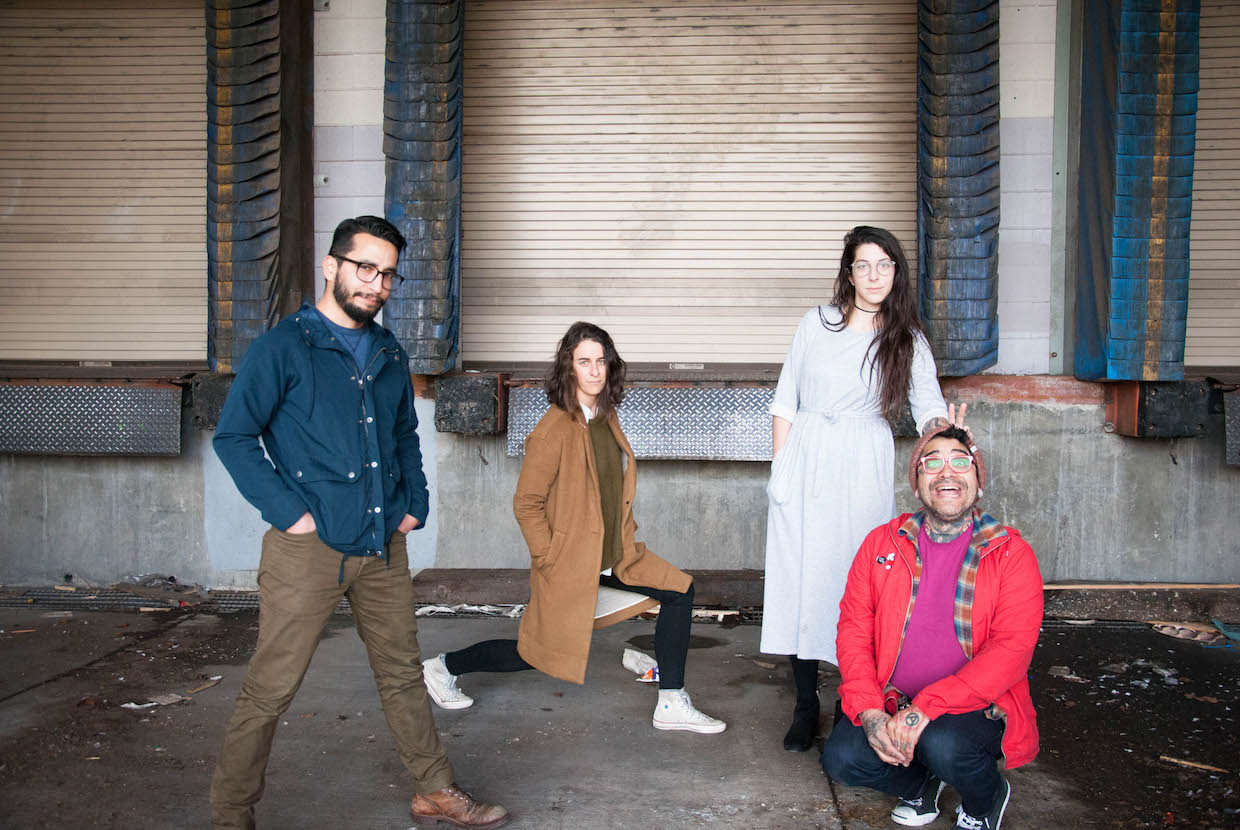
The Matchbook Coffee Project team. From left to right: Izzy Fraire, Lindsey Shea, Ashley Rodriguez and Dani Goot. All images courtesy of Matchbook Coffee Project. Photographer: Lindsey Shea.
Collaboration is a wonderful thing, as no growing company can succeed without the input of a variety of creative workers. Yet in the arts and sciences, it benefits everyone when innovators and researchers have license to explore without compromise, and society rightly celebrates their individual successes.
The craft of coffee roasting is of course both an art and a science, although as so many roasters are necessarily team players whose accomplishments are folded into the furtherance of a company, the public rarely gets a chance to know or appreciate their contributions individually. The Matchbook Coffee Project has emerged to provide some professional roasters the opportunity to step out from the behind the curtain.
In the manner of an indie music record label producing works by individual artists, MCP invites roasters one by one to venture out from behind the banners of the companies they work for, to source, roast and package a limited run of any coffee they want, any way they want.
The equipment, bean, label design and roasting style are all 100 percent up to the artist, purely for the joy of self-expression, the love of great coffee, and the opportunity for the public not only to gain greater awareness of the talent and creativity that goes into this part of the process, but to get to know these specific craftspeople and what makes each style unique.
Matchbook Cofounders and coffee roasting professionals Dani Goot and Izzy Fraire are joined by design and social media expert Lindsey Shea and writer/collaborator Ashley Rodriguez to form the music-loving Matchbook Coffee Project staff, pooling their talents and time to realize the vision of one featured roaster every month.
So far MCP has released three coffees spotlighting the work of three individual roasters, with the fourth slated for release next month. Monthly releases are currently booked through October 2017 and they expect to keep going indefinitely after that, though for now the company prefers not to book too much farther out than four or five months at a time.
Products remain on sale until they’re sold out, and so far green coffee volumes per product have ranged from 50 pounds to one or two 60-kilo bags. Goot told Daily Coffee News that the first MCP release, entitled “Lady From The Mountain” by roaster Jamie Smith of San Francisco-based Sightglass Coffee Roasters, featuring the single-origin Colombia Buesaco Nariño Elvia Irene Burbano, sold out in under 12 hours.
“I did not expect that to happen. We pumped it pretty good on social media, but I didn’t expect it to sell out in under 12 hours,” Goot said of the product’s instant popularity. “Immediately I was like, wow, this could get a lot bigger than I ever thought it would, or could.”
Despite that potential, Goot said that for a variety of reasons — a tight budget on one hand, and on the other hand, the fact that sales are online only, with no retail or wholesale — production runs will remain limited.
Each box contains one retail-style bag of the limited-edition coffee, a featured roaster trading card, a thank-you card, and possibly a little extra swag of the roaster’s choosing — a coozy or a coaster or something with associated artwork or design. The customer’s order number appears both on the thank-you and the trading card, indicating where it figures into the total run of the product, i.e. number 15 out of 50, etc. Said Goot, “I can’t see us doing five or six bags of this at once, that just seems pretty crazy to me, but I don’t know, I didn’t think we were going to sell out in under 12 hours either.”
Packaging is flexible and will cater to a roaster’s artistic vision to the greatest extent of the budget, but for now coffees are packed in white flat-bottom valve bags wrapped in whatever design the roaster comes up with. Roasting equipment is usually the one at the roaster’s place of erstwhile employment, as that’s typically the instrument of craft with which they’re most familiar.
“I haven’t asked a roaster that roasts on say, a 120-kilo or anything too big yet,” Goot said. “I plan on it, it just hasn’t happened yet. I’d be curious to see how that works.”
Proceeds from each release are fed fully back into the business, in order to fund the next one — again, very much like a shoestring-budgeted, DIY record label.
“Nobody gets paid,” said Goot. “Everything to start this up came out of our pocket, and then some of the roasters that have contributed have paid out of pocket also, for their little bits and pieces if they want to add something [to the package]. We want to be able to pay for it for them, and we can most of the time. But what we’ve seen is that they’ve chosen to pay for it themselves because they want to contribute as well… There’s absolutely no profit to be made, or do we at this point even care about that. It’s just basically to fund itself, and we feel really good about that.”
So far all the owners of the equipment involved have been completely supportive of their machines being used and employees independently highlighted for an MCP release, although Goot and company are sensitive to the possibility that some might not be as supportive.
“Some companies don’t want to really have that. They want it to be more so that if the roaster leaves, people don’t think that their coffee isn’t going to be as good. We had to really think about how we want to present this,” said Goot, adding that in the materials that accompany each release, they make sure to include information about the roasteries and the companies for which the featured artists work.
Yet even if there were an issue with access to equipment, MCP has access to machines around the Bay Area, and if there were a sticking point related to publicity, MCP isn’t trying to get anyone in trouble; just to shine a light and give some credit where credit is due, where possible.
“We’re just the platform for them to get out there and to be seen and heard, and for people to know who our community is,” said Goot, referring specifically to the roasting community. “We’re celebrating people’s hard work, but at the same time, we’re letting people know who’s out here and who’s doing what.”
Interestingly, while many roasting companies endeavor to showcase the hard work of farmers and deflect as much attention as possible to the workers at origin, individual roasters, too, sometimes need a bit of encouragement to even accept some praise for their part in the process. So while the roasters have complete control over the creative process, MCP wants to make sure the roasters get their due.
“Roasters have this issue where they don’t want to put their name on it, they’d rather put the farmer’s name really big on the bag, and then really small, put ‘roasted by Jamie Smith’ or whatever, or even not want to put their name on the bag at all,” Goot said. “They have final call, but I really encourage them that this is about them and their work. Of course we’re going to mention the farmer, but we’re really recognizing the roaster, what they do, and their love for what they do.”
Howard Bryman
Howard Bryman is the associate editor of Daily Coffee News by Roast Magazine. He is based in Portland, Oregon.




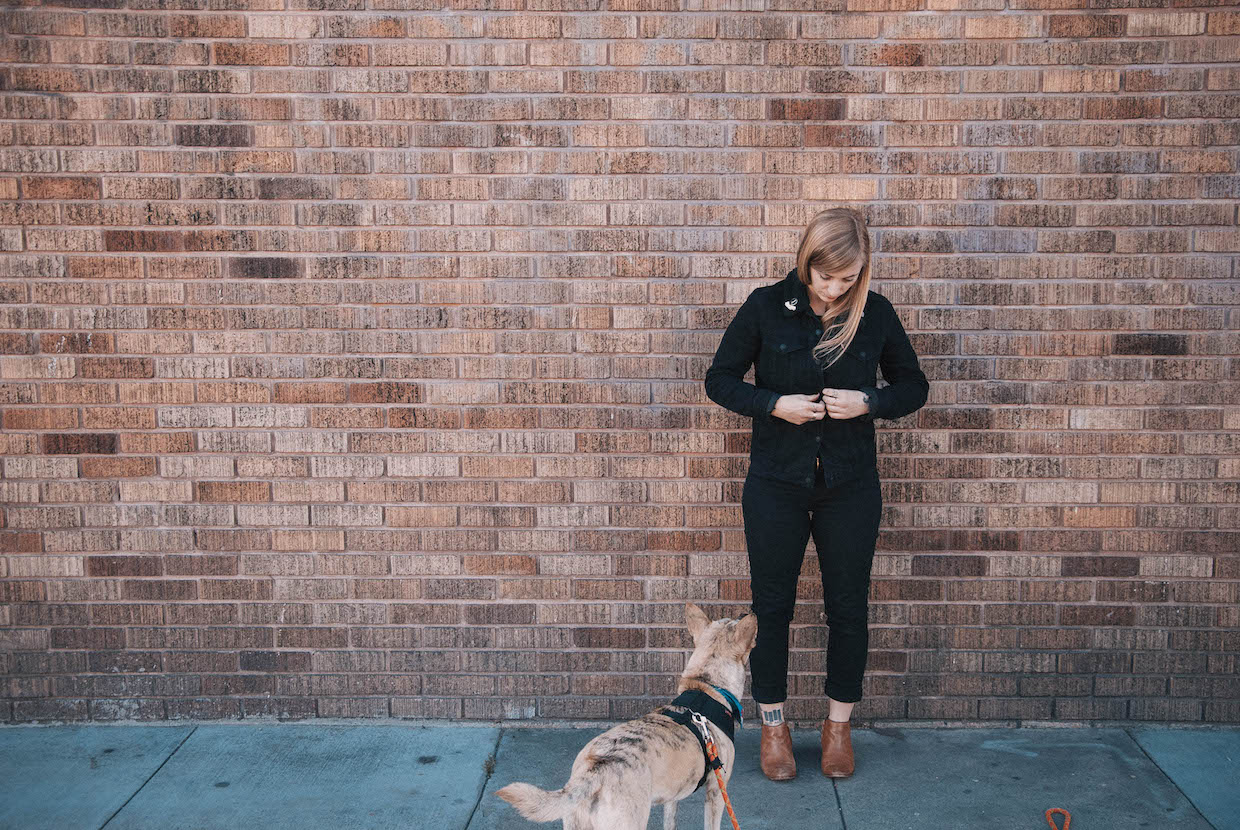

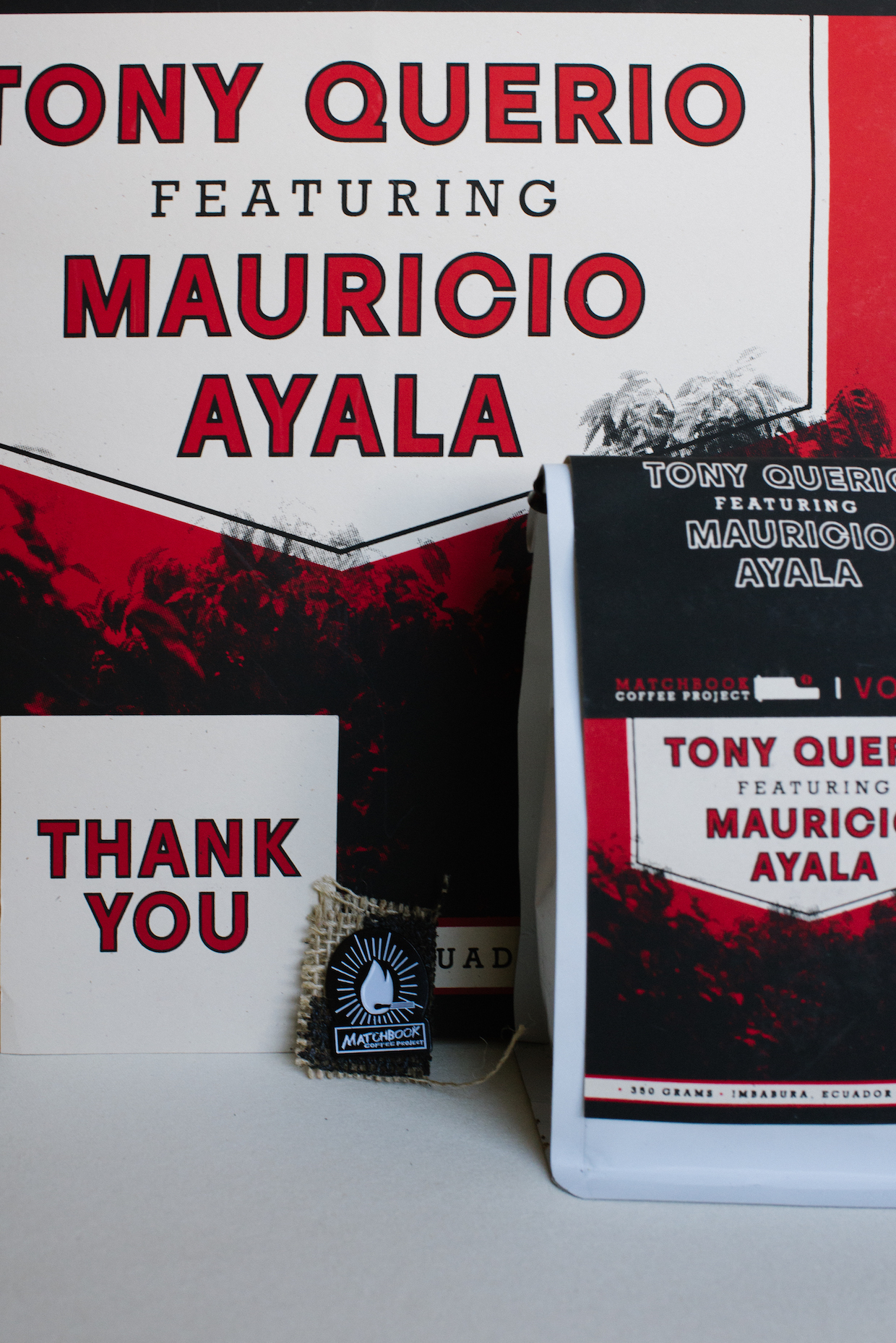
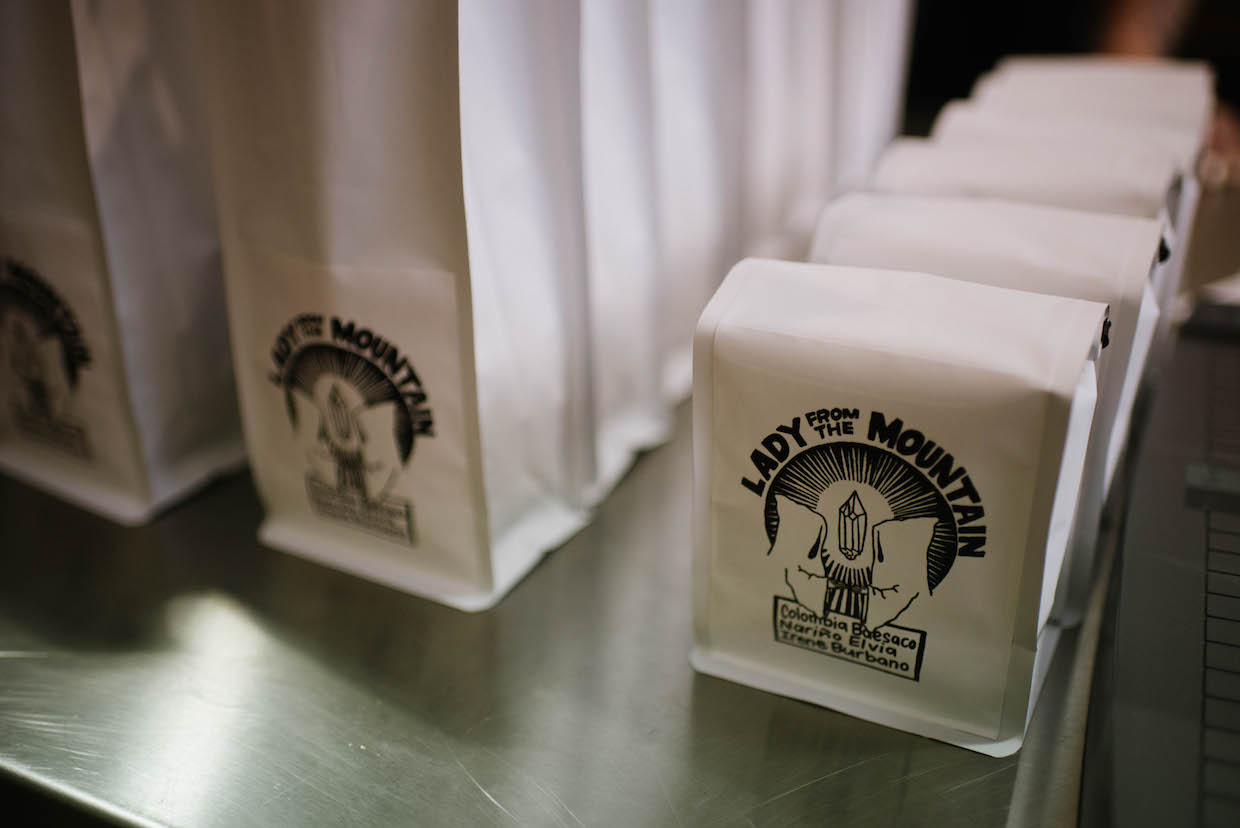
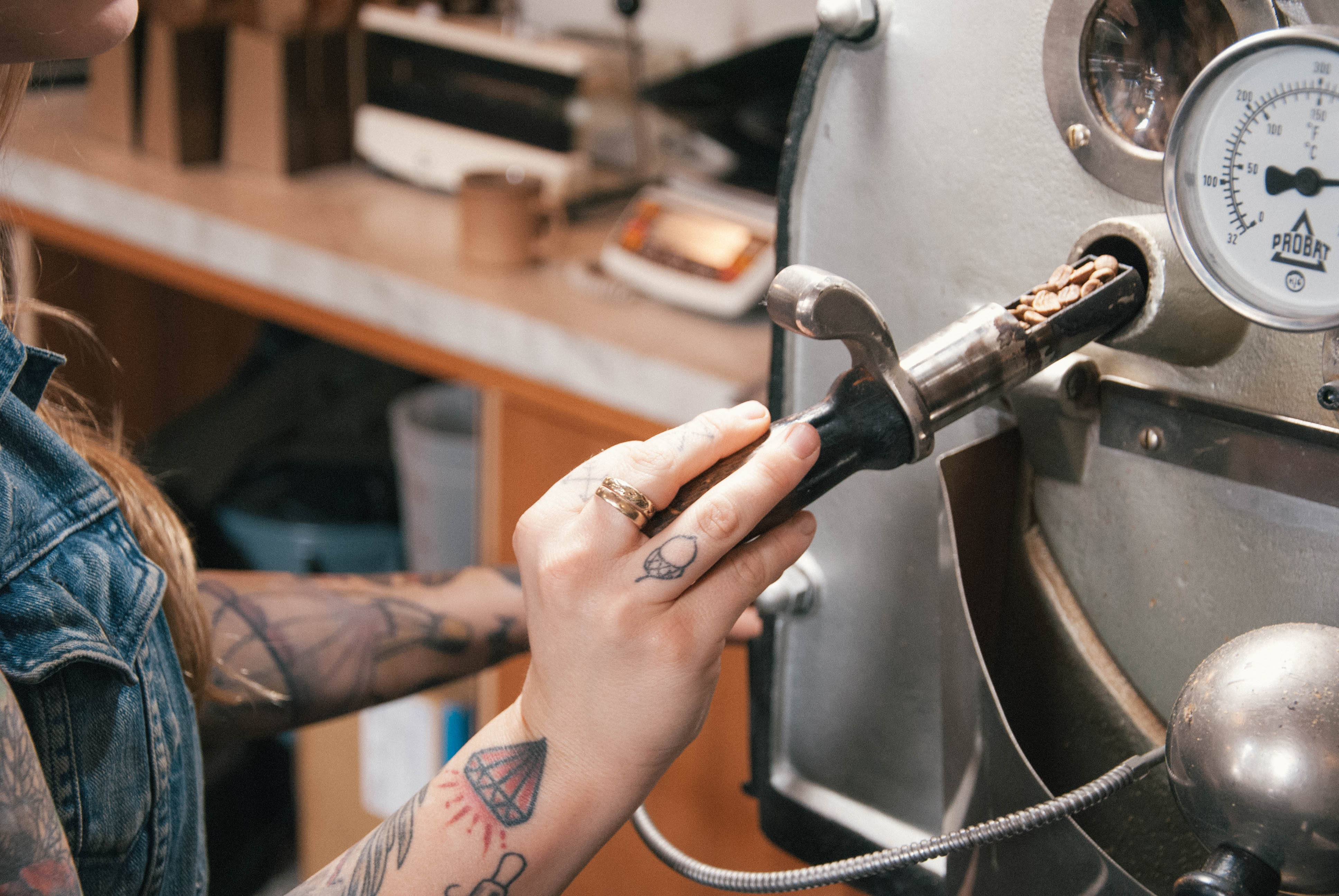




Comment